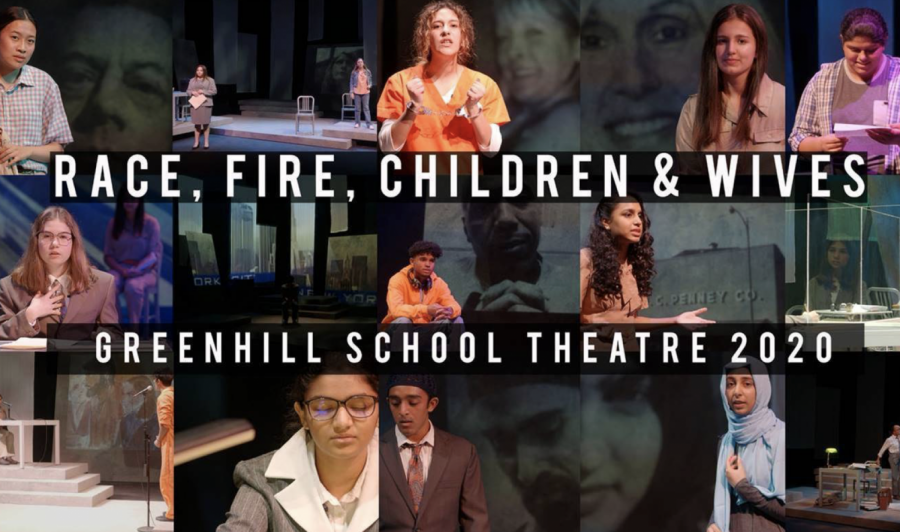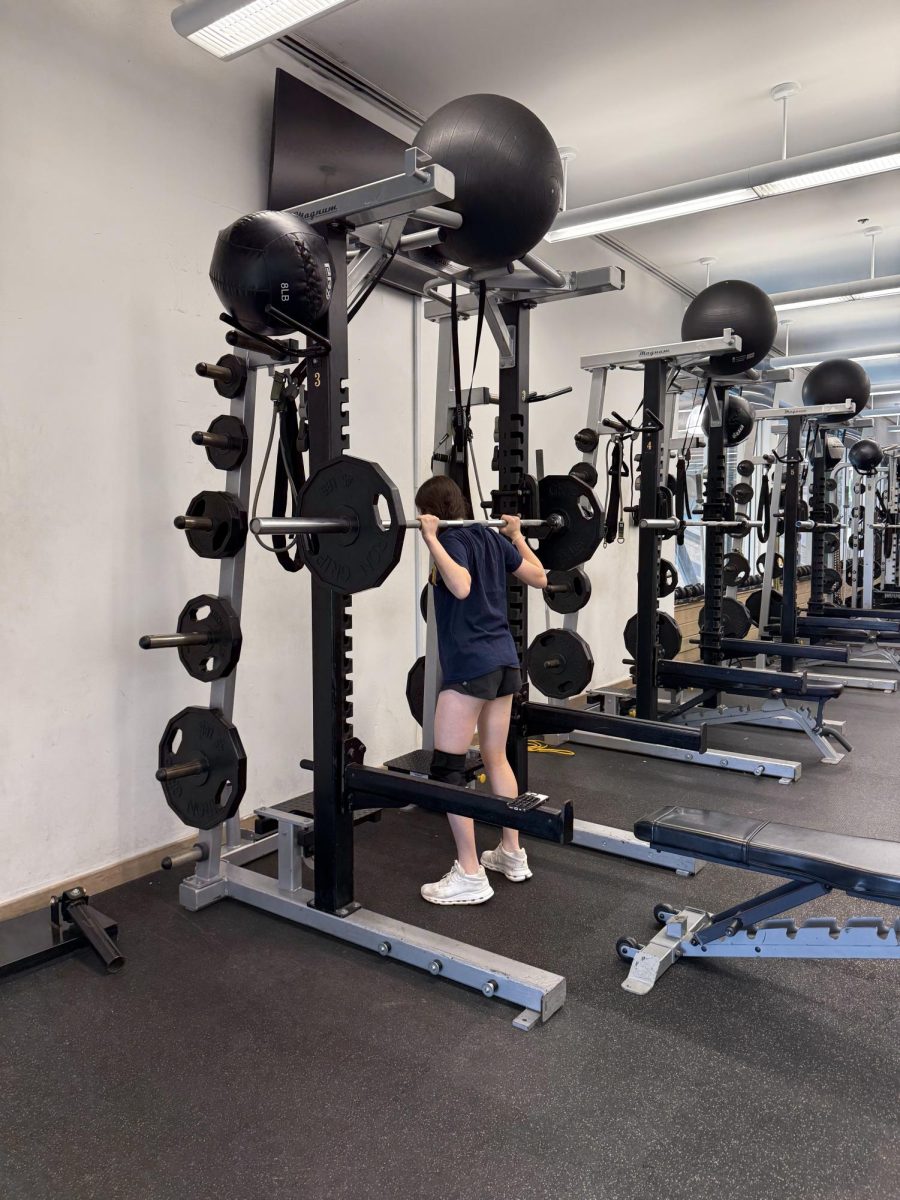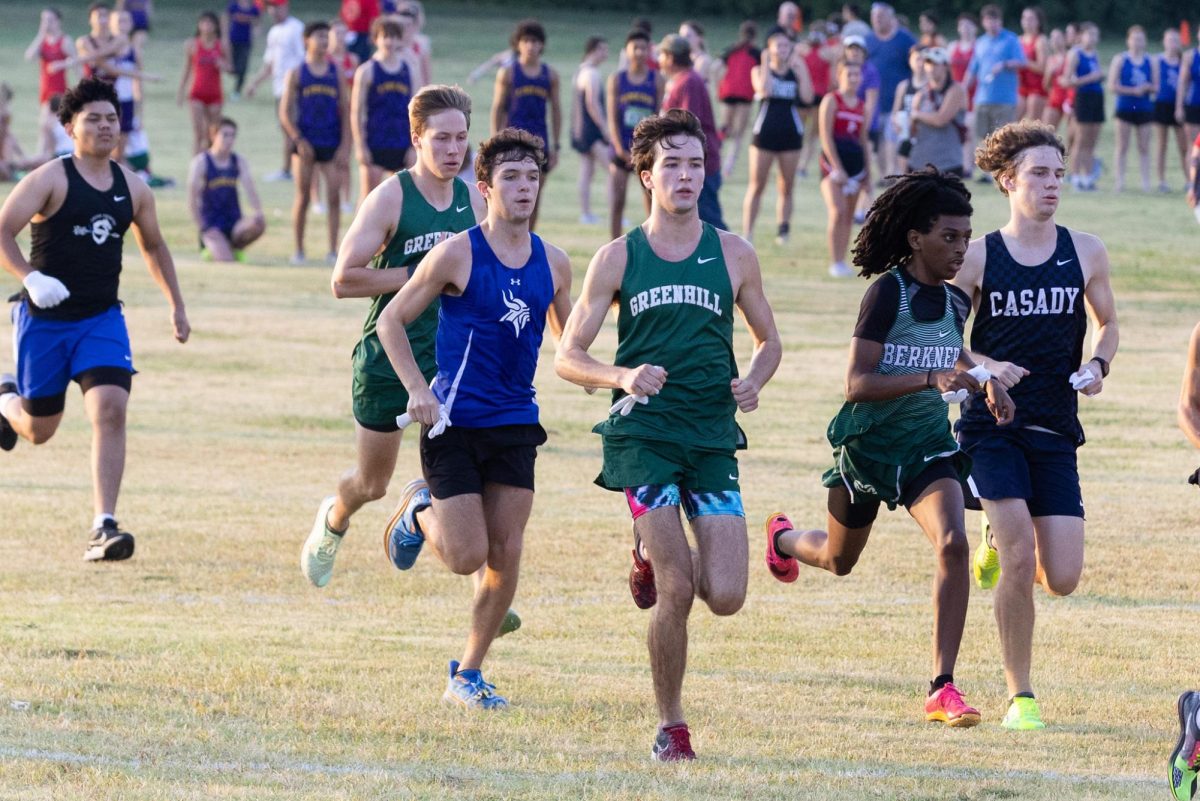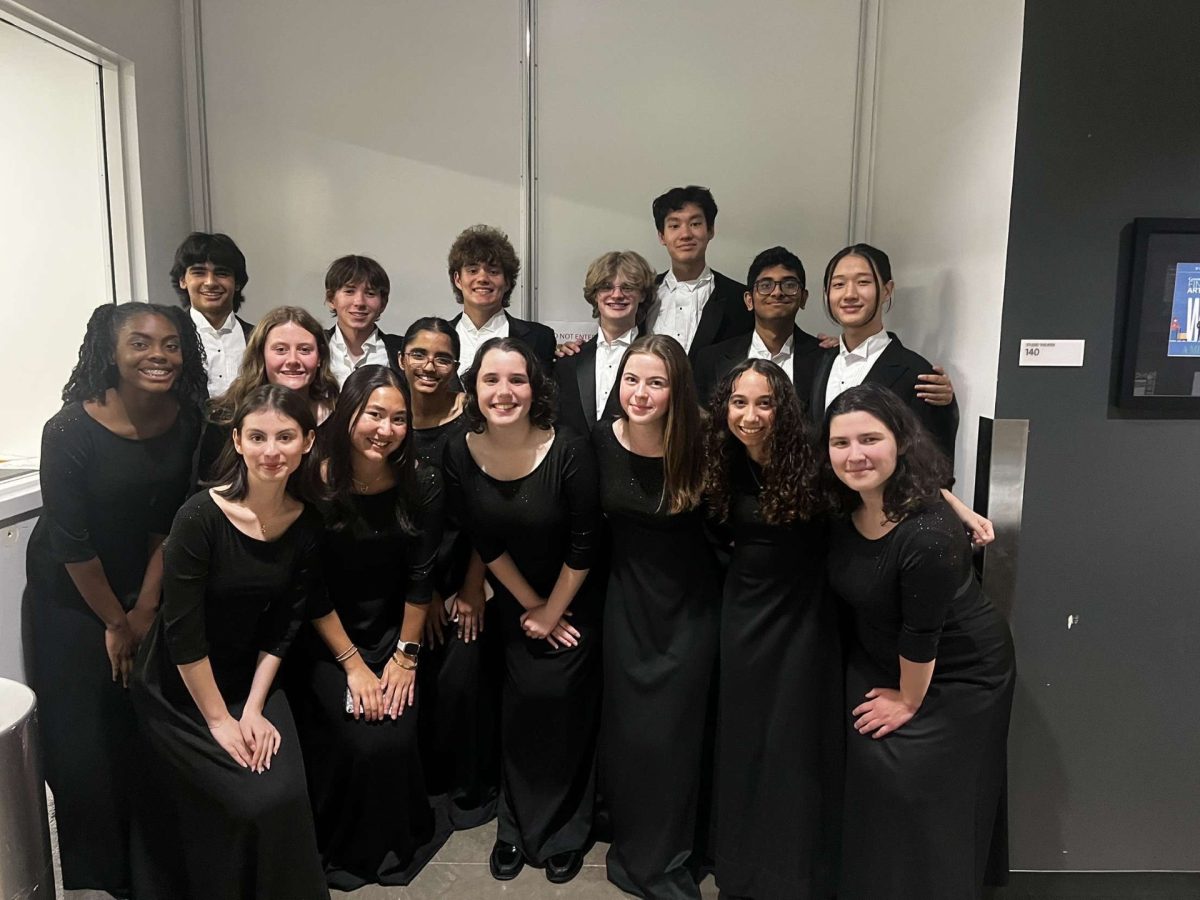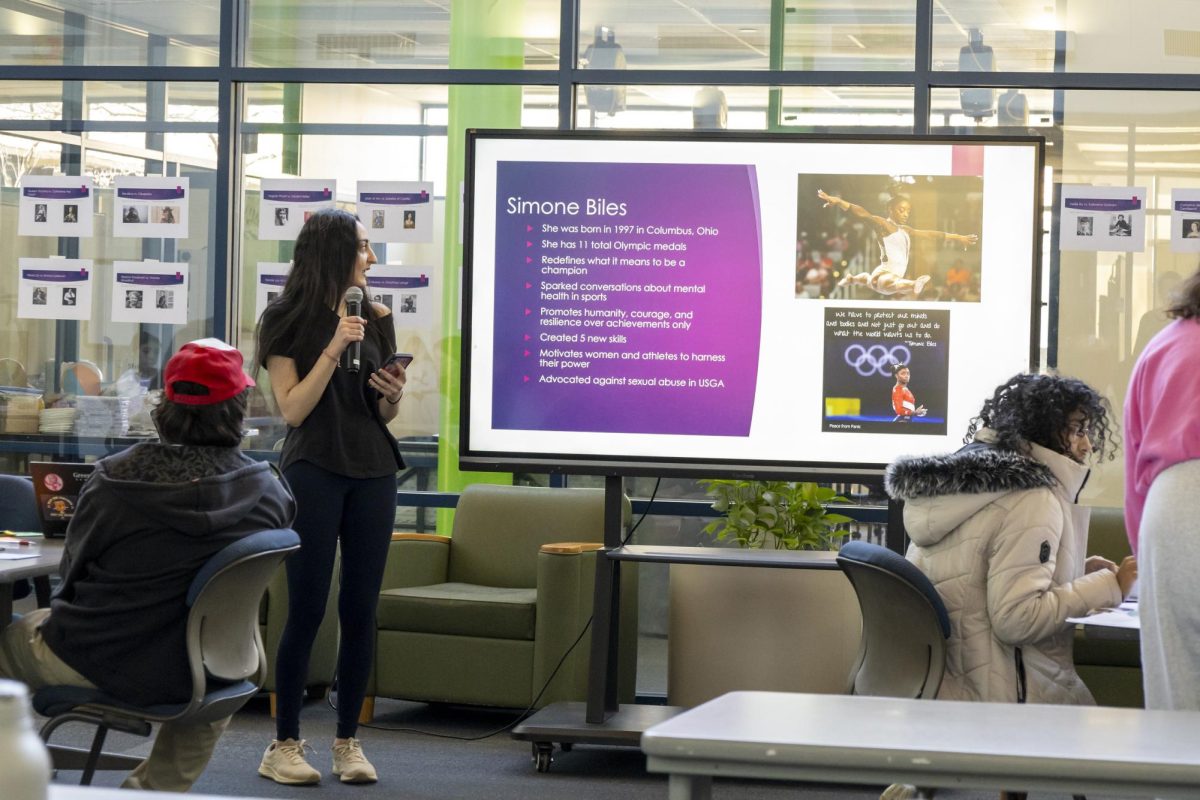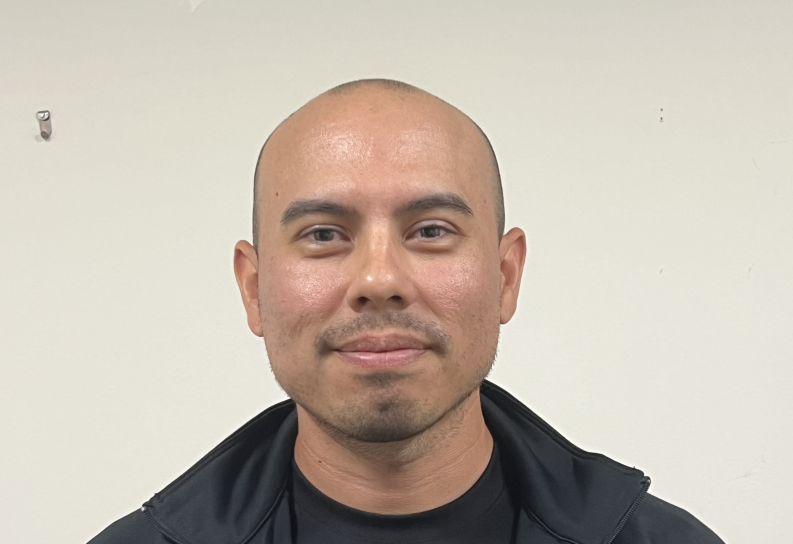The Weekly Buzz: Fall Play Review
The poster for the Fall Production’s original play, “Race, Fire, Children & Wives.” Photo from Valerie Hauss-Smith.
December 14, 2020
“Race, Fire, Children and Wives: True Stories of Exonerations” is an original play that was researched, written, designed and performed by the students of Greenhill Play Production 2020. The group behind this play consists of students from all different Upper School grade levels and ranges from set design to actors.
This play is based on many real cases and stories of people that have been exonerated. The focus is on how judicial proceedings can end in wrongful convictions, and ultimately damage innocent peoples’ lives. It was clear that the students behind this play did thorough research before writing the scripts because the way that they depicted wrongful conviction was very realistic.
The play itself tells the stories of nine exonerees and spans 120 years of the American Justice System. I liked how the timeline of the play was so vast because it was interesting to see the differences in the cases and how they were handled throughout different time periods.
One of my favorite things was how the stage was designed. There was one main stage with several white backdrops hung behind it. The backdrops also served as screens for projections of photos and videos of the real exoneree’s lives. I thought that this was a great addition to the play because it humanized the people that the students were playing and allowed for me to put a face to the names of the exonerees.
The dialogue in this play was also great. I thought that every monologue was beautifully written and portrayed by each individual student. It was clear that a lot of time and effort had been put in to crafting the scripts because of how well they depicted the real exoneree’s experiences. I also thought that the acting in this play was very commendable. Each student was prepared with their lines, and the way that they conveyed emotion made everything they were saying seem so natural.
Another aspect that I enjoyed was how the focus would shift in between characters as each storyline started off with one student giving their monologue while the student playing the exoneree sat behind them silently. After the first monologue concluded, the exoneree would stand up and begin speaking. This made it very easy to follow the storyline and allowed me to get a more impactful insight into how much the perspective of someone reviewing the exoneree’s case and the exoneree differed.
One of the most impactful monologues that I heard throughout the play was given by Junior, Blake Martin. He played Thomas Haynesworth, an middle-aged African American man from Richmond, Virginia who served 27 years in state prison as a result of four wrongful convictions for raping 4 woman, one of which that was held at knife-point, which he was exonerated for in 2011. The dialogue that Blake gave was extremely moving as he touched on many racial issues that contributed to his wrongful conviction. I thought that the theme of race being a contributing factor to his wrongful conviction was such a powerful aspect to include in the monologue, as it is a prominent topic in today’s society as well.
Overall, the performances from each student were wonderful, and the play as a whole was so eye-opening for me because I had never known much about wrongful convictions or the impact they can have on people’s lives before. Not only was the play a complete success, but I also commend everyone who made this possible despite that challenges that Covid-19 has brought. If you haven’t already seen the play or would like to watch it again, it was recorded and posted on Greenhill’s Vimeo account so I highly recommend you check it out!

